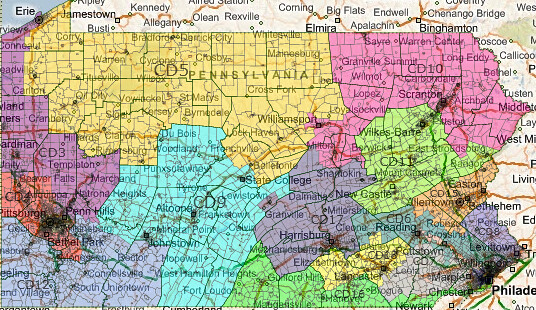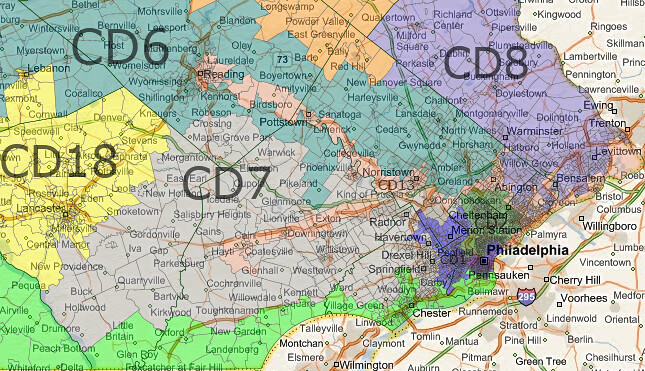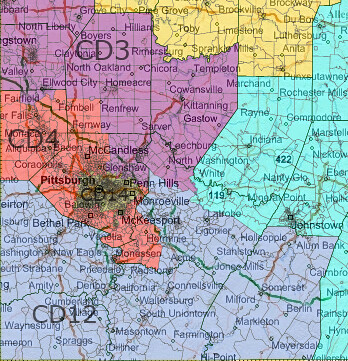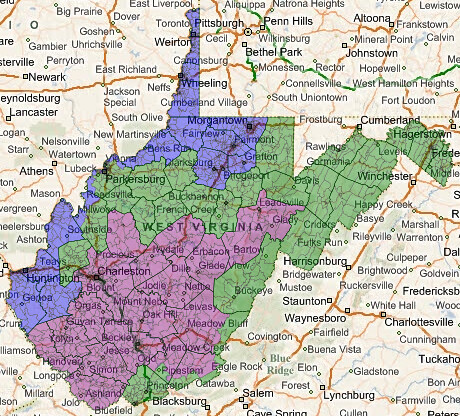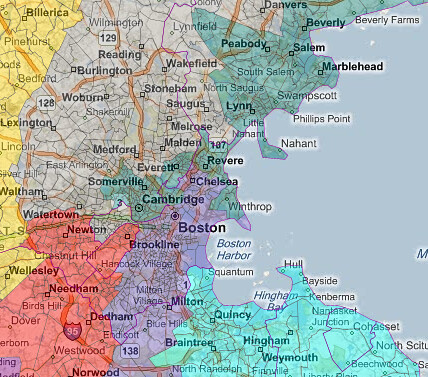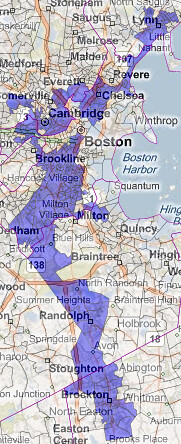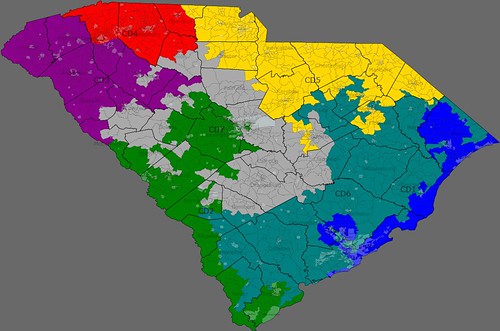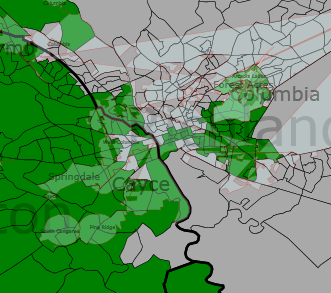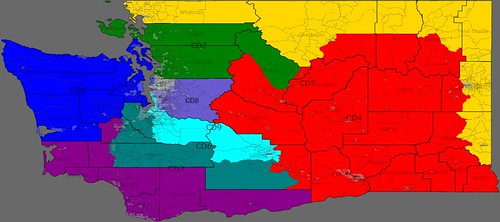There was a diary that (inaccurately) listed the number of seats each state would get per the “Wyoming rule”, which was deleted, presumably due to its in accuracies.
This got me thinking about the whole issue of uneven representation and why the Wyoming rule is not a very good solution to the problem.
Under the current reapportionment scheme, the rep from Montana represents 994,416 people, while a rep from Rhode Island would represent 527,623 people, which is a ratio of 1.88. The “Wyoming Rule” would mandate that the house districts be set at the size of the smallest state (ie. Wyoming) to correct this inequity. This would increase the size of the house to 544.
However the inequity doesn’t go away, just shrinks slightly. Alaska still has 721,523 people per rep, while South Dakota has 409,880, a ratio of 1.76. By adding over 100 new members to the house, you only drop the ratio by 0.12.
What would by a “fair” maximum inequity? 1.5? 1.3? 1.1? Those would require 843, 1392, and 3265 representatives respectively.
So in conclusion, the Wyoming rule does not work, and the other only fix would be to have a huge house or to amend the constitution to allow house districts to cross state lines.
The source for this is a modified version of this perl script:
http://www.thegreenpapers.com/…
If you want to see my modifications, let me know and I’ll post them in comments.
Here are the number of seats under the “Wyoming rule”:
AL-8,AK-1,AZ-11,AR-5,CA-66,CO-9,CT-6,DE-2,FL-33,GA-17,HI-2,ID-3,IL-23,IN-11,IA-5,KS-5,KY-8,LA-8,ME-2,MD-10,MA-12,MI-18,MN-9,MS-5,MO-11,MT-2,NE-3,NV-5,NH-2,NJ-16,NM-4,NY-34,NC-17,ND-1,OH-20,OK-7,OR-7,PA-22,RI-2,SC-8,SD-2,TN-11,TX-45,UT-5,VT-1,VA-14,WA-12,WV-3,WI-10,WY-1
With 843 seats, the most underrepresented state would be South Dakota, and the most overrepresented state would be Wyoming, both with 2 seats, for a ratio of 1.44.
With 1392 seats, the most underrepresented state would be Alaska and again Wyoming would be most overrepresented, each with 3 seats, for a ratio of 1.27.
With 3265 seats, the most underrepresented state would be Hawai’i, with 14 seats, and the most overrepresented state would be Vermont, with 7 seats, for a ratio of 1.08.
